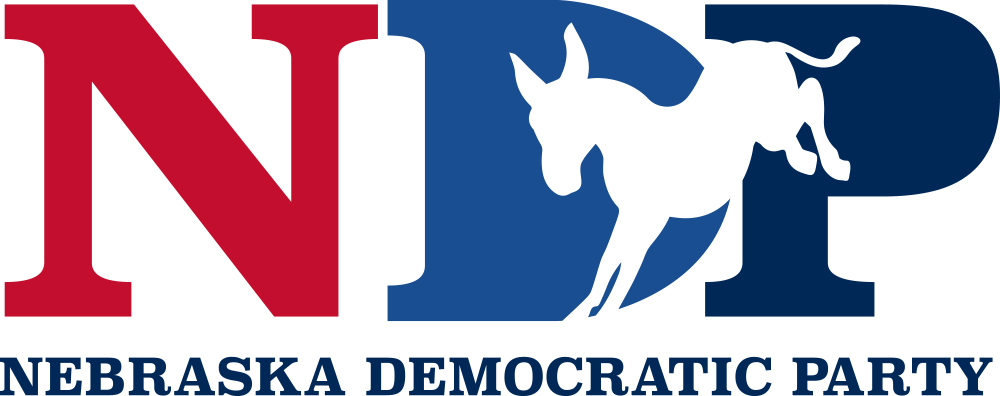Nebraska USDA Farm Service Agency State Office7131 A StreetLincoln, NE 68510Contact: Bobbie Kriz-WickhamPH: (402) 437-5896
USDA Accepts Nearly 2.7 Million Acres in Grassland CRP Signup
Nebraska Second Highest State for Number of Acres Accepted
LINCOLN, Nebraska, July 20, 2023 – The U.S. Department of Agriculture (USDA) is accepting offers for nearly 2.7 million acres from agricultural producers and private landowners through this year’s Conservation Reserve Program (CRP) Grassland signup. This program allows producers and landowners to continue grazing and haying practices while protecting grasslands and further CRP conservation efforts. Grassland CRP is part of the Biden-Harris administration’s broader effort to address climate change and conserve natural resources. This year’s signup results include 417,865 acres in Nebraska, behind Colorado which lead the nation with 430,899.“This year’s Grassland CRP signup demonstrates the continued success and value of investments in voluntary, producer-led, working lands conservation programs,” said Tim Divis, Acting State Executive Director for USDA’s Farm Service Agency (FSA) in Nebraska. “Grassland CRP clearly demonstrates that conservation priorities and agricultural productivity not only have the capacity to coexist but also complement and enhance one another. Through all our working land conservation programs, farmers and ranchers play a critical role in helping secure the future of both our food production and our natural resources.”Additionally, USDA has accepted more than 1 million acres through the General CRP signup nationwide, and more than 465,800 acres have been submitted through the Continuous CRP signup so far this year.Grassland CRP leverages working lands practices to improve biodiversity and conserve environmentally sensitive land. To target conservation in key geographies, USDA prioritizes land within two National Priority Zones: the Greater Yellowstone Ecosystem and the Dust Bowl area. FSA accepted more than 911,000 acres in these two zones. Land enrolled in these zones will contribute to broader USDA conservation efforts through Working Lands for Wildlife by conserving working grasslands and other lands that underpin iconic big game migrations.Grasslands enrolled in CRP help sequester carbon in vegetation and soil, while enhancing resilience to drought and wildfire. Meanwhile, producers can still conduct common grazing practices, such as haying, mowing or harvesting seed from the enrolled land, which supports agricultural production.Broadening Reach of Program
As part of the Agency’s Justice40 efforts, producers and landowners who are historically underserved, including beginning farmers, limited-resource producers, and military veterans, received 20 additional ranking points to enhance their offers. From more than 6,400 underserved producers, USDA accepted offers of more than 1.8 million acres, about 74% of those who submitted applications.Additionally, USDA is working to broaden the scope and reach of Grassland CRP by leveraging the Conservation Reserve Enhancement Program (CREP) to engage underserved communities. CREP is a partnership program that enables states, Tribal governments, and non-profit entities to partner with FSA to implement CRP practices and address high priority conservation and environmental objectives. Interested entities are encouraged to contact FSA.More InformationProducers can still make an offer to participate in CRP through the Continuous CRP signup, which is ongoing, by contacting FSA at their local USDA Service Center.####
“Nebraska farmers, ranchers, and landowners once again made the decision as to which federal conservation programs were useful and beneficial to them. The overwhelming success and popularity of the Grassland CRP is an example of a voluntary conservation program that has historically not had enough funding to meet demand. When President Biden announces his efforts to increase funding for these kinds of voluntary programs, then Governor Ricketts launched his partisan attack on President Biden’s 30×30 initiative that increased the conservation funding for voluntary conservation programs.Voluntary conservation programs that help farmers, ranchers, and landowners protect our soil and water for future generations should never be made a partisan issue.”John K. Hansen, PresidentNebraska Farmers Union

